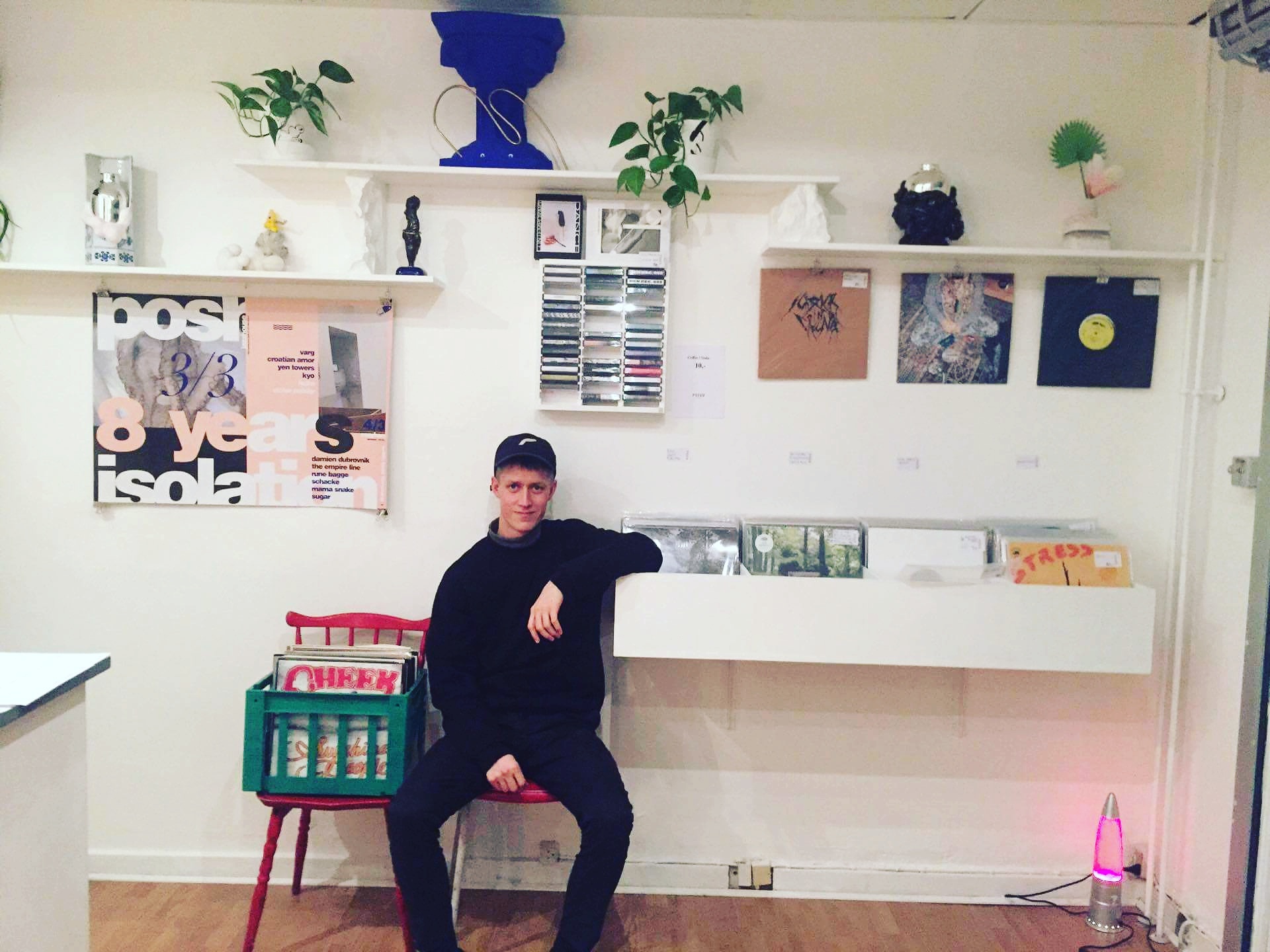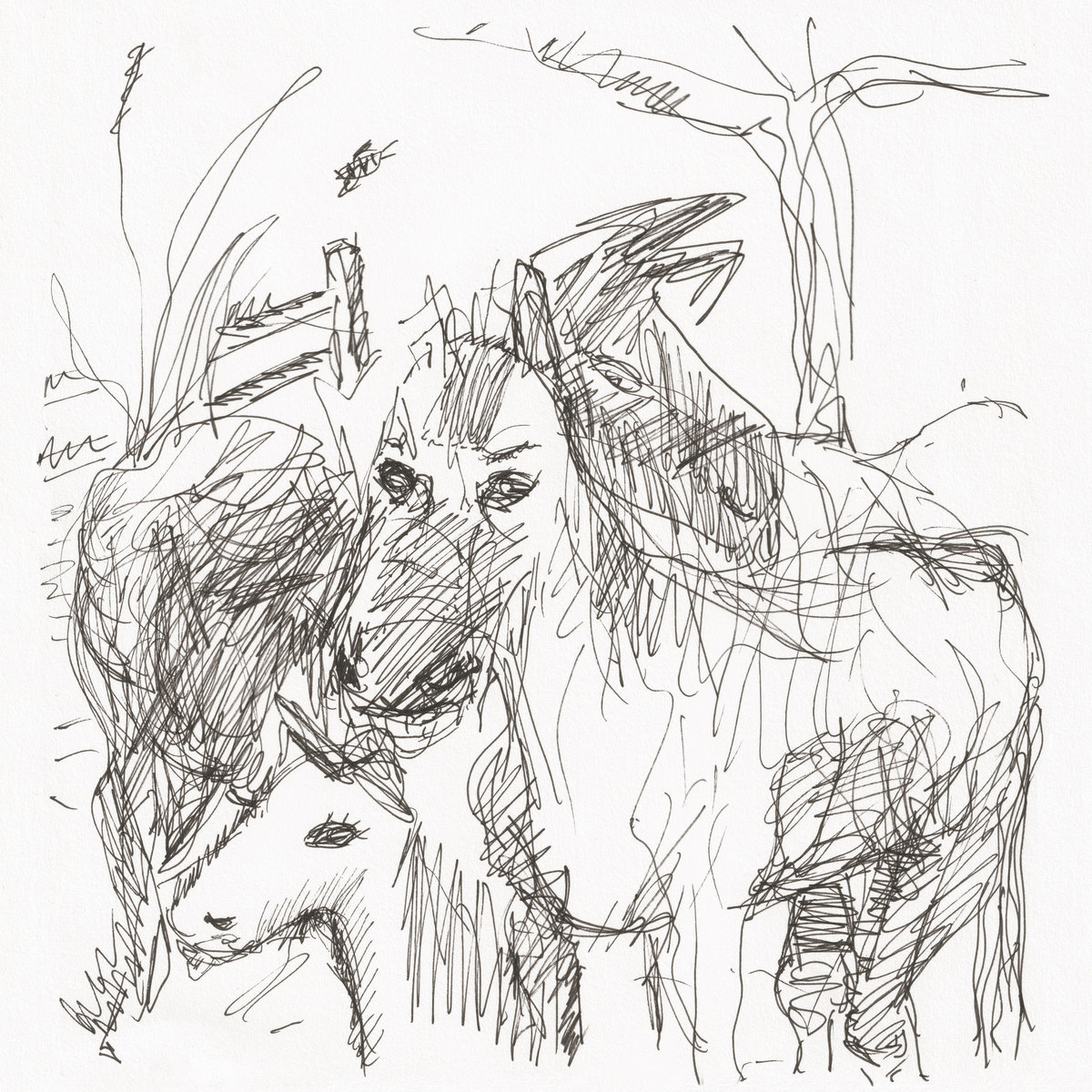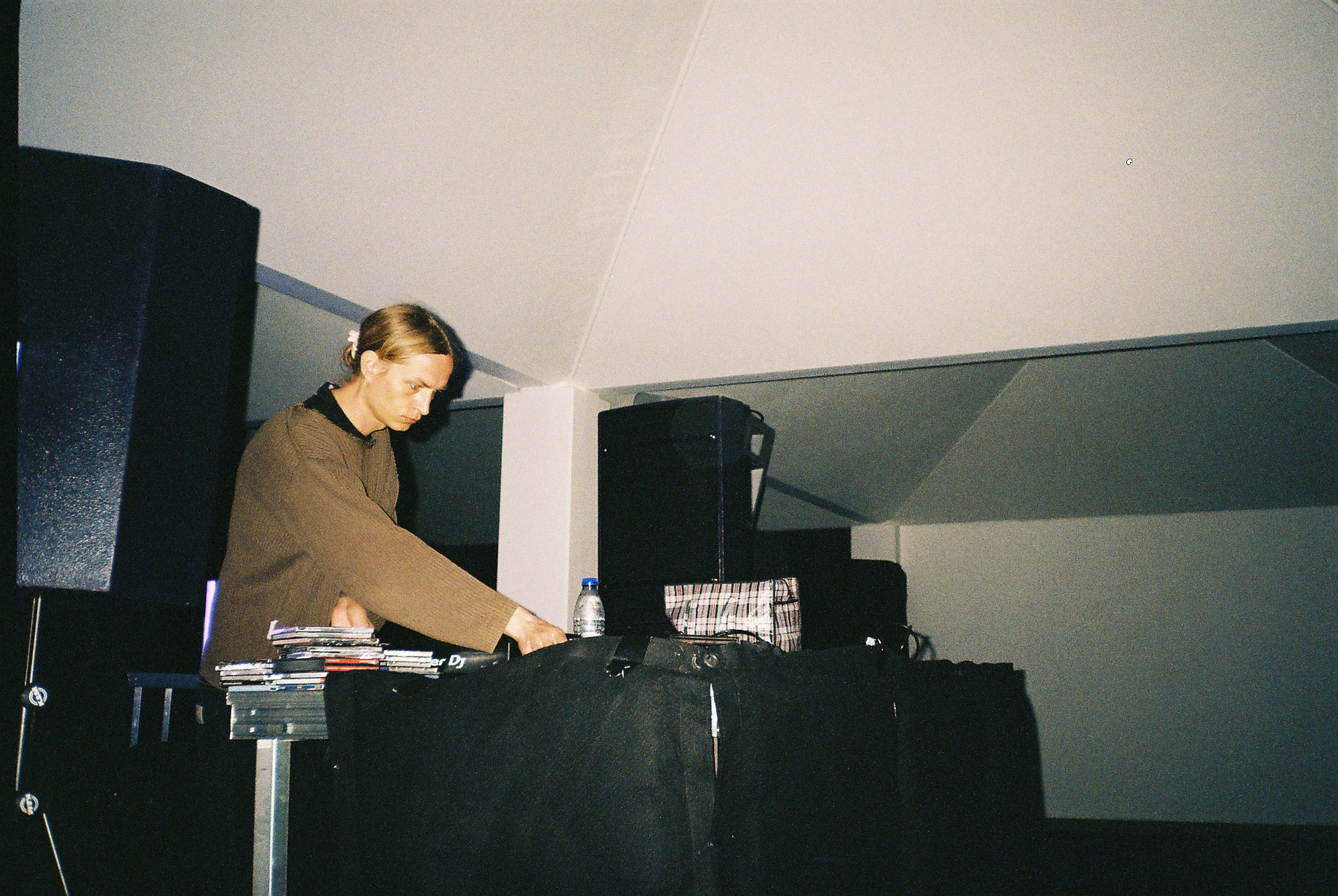In Situ Festival – Taking the audience on a journey (interview)

By Ivna Franic
In Situ Festival is back, scheduled for this coming Friday and Saturday. While the festival’s first edition, which took place in late 2022, explored the possibilities of different venues in Ørestad, this time In Situ will take place exclusively at Simian. This year’s festival features exciting international names such as Jana Rush, Moritz von Oswald presenting ‘Silencio’, the Lucy and Rrose collab Lotus Eater and a DJ set from Lee Gamble. Denmark’s strong local scene will also be represented by HVAD, Xenia Xamanek, Mija Milovic & Barbro, and many more. We spoke with Simian’s Markus von Platen and Rewild’s Lukas Danys about the collaboration between Simian and Rewild, the concept behind the festival, and the importance of context when presenting music events.
P/A: This year’s In Situ is a collaboration between Rewild and Simian, but that wasn’t the case the first time, was it?
LD: It was partly because I’m one of the co-organizers of Rewild, and for the first In Situ I worked with Simian. This year we officially joined, so it’s a collaboration between Simian and Rewild.
P/A: How did you decide to join forces between Simian and Rewild? Have you worked together before?
MP: We thought that working together would be an interesting addition. The first edition had a slightly different focus. For the first edition of In Situ Festival we used three different locations around Ørestad. It was spreading a bit more, and we thought it would be more interesting to actually focus on the great space we have and try to work with it more intensely, rather than having to move around to different locations. Before that, in November, Rewild did a party at Simian on their own and it was very successful. We immediately saw a new potential for doing a festival like that. One thing led to another and suddenly we saw that it could be really interesting if we were both involved, if we took the elements of the first In Situ festival and combined them with what Rewild was doing at their event at Simian and fused them into one.
P/A: Since it’s a collaboration between a – broadly defined – party/event series and a – again, broadly defined – art center, would you say that the visual aspect is very important to In Situ? What’s the common ground between Rewild and Simian?
LD: The format of Rewild events includes live concerts, performances, and, of course, DJs. And then we always invite artists who work with video to show their video work. We have this kind of multidisciplinary format.
MP: The visual aspect is just part of it. The common ground between the two is our interest in expanding the music scene and the cultural scene around music and art, broadening it and giving it new angles, you know? And this is something that Simian has already explored on its own. We’ve done some music slash sound events. For example, we did an exhibition with Florian Hecker in 2022. And last year we did a concert – it was actually her last one before she passed away – with Catherine Christer Hennix. So we’ve worked with this element before and it’s also one of the reasons why we chose the name In situ. It’s about using this specific location, which is the space itself with its specific architecture, but it’s also located in this very eerie, almost dystopian area of Ørestad. So this is something that is central to everything we do with In Situ, that the sound and the music resonate with the environment out here.
LD: I would add that there are certain areas of overlap, even if our overall artistic directions are a bit different. Simian invites musicians who have a slightly different aesthetic dimension than the artists at Rewild, but there are still a lot of artists that we agree on. That we both want to invite and give a platform to.
MP: Yeah. I think maybe what you’re trying to talk about is the difference between staging live shows and sound performances versus DJ sets. Although DJ’ing has gotten a little bit of a new meaning in the last few years. You see a lot of artists releasing their music and putting that same energy into DJing. There are all kinds of interesting takes on how to present DJing, not just at parties, but on platforms like Drift Radio. There’s this whole DJ culture, for lack of a better word. But it’s all about how music is communicated. And you can see that from a different perspective now that it has grown into something else. From Simian’s point of view, we want to embrace that club culture and that was one of the reasons why we formally approached Rewild and said, okay, maybe we should really try to do something together from the beginning, after having collaborated a little bit here and there. We wanted to tap into the club culture and the music scene that revolves around indulging in the party and that kind of headspace of being in the space. That’s becoming more and more important in the society we live in, where there’s so much dispersion that it’s an interesting factor that crosses genres, that crosses scenes, that crosses individuals… That’s also very much part of the idea of putting together the crowd that revolves around Rewild and the crowd that revolves around Simian. In many cases, they overlap, but we also want to bring them closer together.
P/A: What would you say is the general concept of the festival? What kind of acts do you want to feature at In Situ and why? What would you say most of the acts have in common, what’s a common thread between them?
MP: I would say that it would be too general to say that they have something in common like that. There’s a kind of trajectory of musical genres, but also of voices, you could say. For us, it’s very important that it’s very broad, but that it resonates or complements the space, the landscape out here. There’s a certain kind of darkness, eeriness, maybe, that’s a little bit present in all of it, but it also allows the listener to transcend into something that’s either a little bit ethereal or very deep or ecstatic. There are all these kinds of heightened feelings, you could say, that are at play.
LD: I would go back a little bit to creating an environment because the live acts we have are one thing, but when I think about In Situ, I think about how we are going to completely transform the Simian space into something new. We’ll have a visual artist, Steffen Jørgensen, who will present his video works in the space, and there will also be performances by Lydia Ö. Diakité. Then we’ll have live performances and concerts, which will slowly turn into the DJ aspect of the festival. But what ties them together is a certain experimental approach, for lack of a better term.
MP: Maybe a better way to ask the question is how we chose to put the program together. The lineup and the schedule are going to be quite an interesting journey. And that’s very important for us, that you don’t just start from one point and then the energy just goes up and up and up, that it’s really about surfing different kinds of energies, that it becomes a very interesting musical sensory journey. Of course we’re also focused on the diversity of the program and representing many different positions.
LD: We want to surprise people a little bit in terms of what’s going on, and we hope that people will have that experience of really feeling like they’re on this kind of journey.
P/A: Is that something you feel is missing from the festivals in Copenhagen?
MP: There have been a lot of interesting festivals that have come and gone, and I think a lot of them represented different aspects of that. There have been events in the past that have approached things from a similar angle, but we are the ones that are here now and we intend to continue. Obviously I don’t want to put down other festivals. But I would say that our approach is a little different because In Situ takes place in an art space. This is an art center that normally does exhibitions. So we have this whole scenographic aspect of it that maybe is even more in focus, or we can work with it differently because the architecture of our space is already suited for that kind of environment. So that gives it a unique aspect.
P/A: You touched on the space and the whole location and context earlier. Ørestad isn’t necessarily a part of the city where you go for culture, there’s not much else going on. Is it difficult to maintain a cultural program there? And do your programs also try to resonate with this uncanny environment?
MP: For us, it’s a gift to be out here because we have so much space that would be hard to get anywhere else in Copenhagen. For example, we can do a festival like this that would be hard to do in other parts of the city. It allows us to define everything in our own space. And that is a great gift. It’s also very easy to get to, it’s right next to the metro station.
P/A: Sure, it’s super convenient. But people are often lazy when it comes to places outside their usual circle of movement.
MP: You can write that down: “Remember: it’s easy to get here!” [laughs]
LD: I mean, when we did Rewild at Simian, it was surprisingly well attended, even though we used to do events at the Basement, which is very central. And here at Simian, it was a place where it might have seemed like you had to make an extra effort to get there, but it wasn’t a problem at all.
P/A: There’s a text accompanying the lineup in which you invoke references to Weimar Berlin and post-fascist Spain. Why did you choose these particular points of comparison? Would you place this moment in history in a similar context?
MP: The lyrics are trying to convey a certain vibe, a certain energy. It would be obscene to say that we could compare ourselves to Weimar [laughs], it’s more about talking about the art scene.
LD: It’s a text that reflects on the concept of indulging in art and music in different areas or different periods of time.
MP: It should be seen as something that somehow tries to mark the space we’re floating in. It’s an invitation to try to communicate the idea that we’re pursuing.
In Situ Festival takes place on May 3rd and 4th at Simian.



